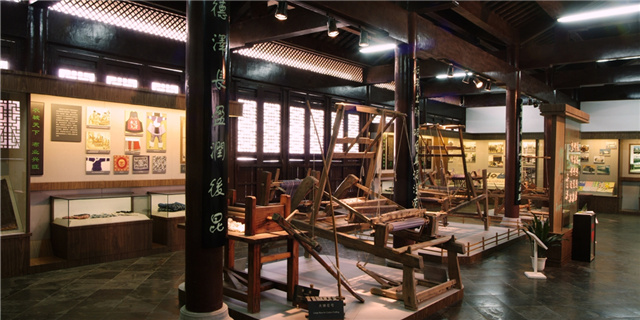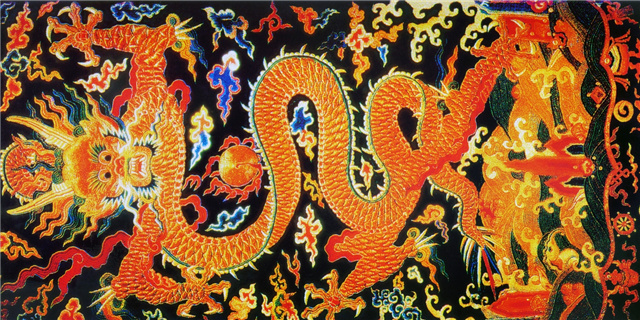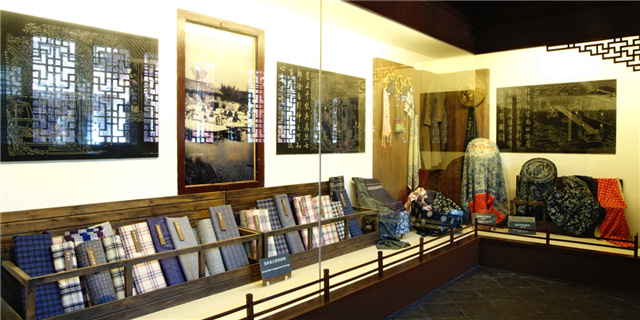Wunijing (Huang Daopo) Cotton Spinning Technology
Wunijing (Huang Daopo) cotton spinning technology was a milestone in the technological innovation in China’s cotton spinning history. In 2006, Wunijing (Huang Daopo) cotton spinning technology was listed by the State Council in the list of the first batch of National-level Intangible Cultural Heritage (ICH). During the late Song and early Yuan Dynasties, Huang Daopo, a native of Wunijing, Songjiang Prefecture combined the cotton spinning technology of Yazhou (now Sanya, Hainan) with the production practices of Wunijing, reformed handmade cotton spinning skills of rolling, fluffing, spinning and weaving, and formed a set of tools – rolling (roller, i.e. cotton gin), fluffing (cotton fluffer, hanging fluffer), spinning (spinner, three-spindle pedaled spinner), weaving (weaving machine). In particular, the single-spindle hand-reeling machine was transformed into the three-spindle pedaled cotton spinner which greatly improved the efficiency of spinning, and was 470 years earlier than the hand-reeling spinner in the West. In terms of weaving, she weaved the famous Wunijing quilt with skills such as yarn staggering, color matching, yarn carding and decorating, winning the reputation of “Wunijing quilt is famous all over the world”. The wide spread and development of Wunijing cotton spinning technology changed the tradition of making clothes with silk and linen which had lasted for thousands of years. As a result, common people across the country during the Ming and Qing Dynasties were able to wear cotton-padded clothes to keep out the cold. Meanwhile, it promoted the formation and prosperity of market towns in Shanghai and regions south of the Yangtze River, changed the economic structure of regions south of the Yangtze River, and drove China's economic boom for hundreds of years.




